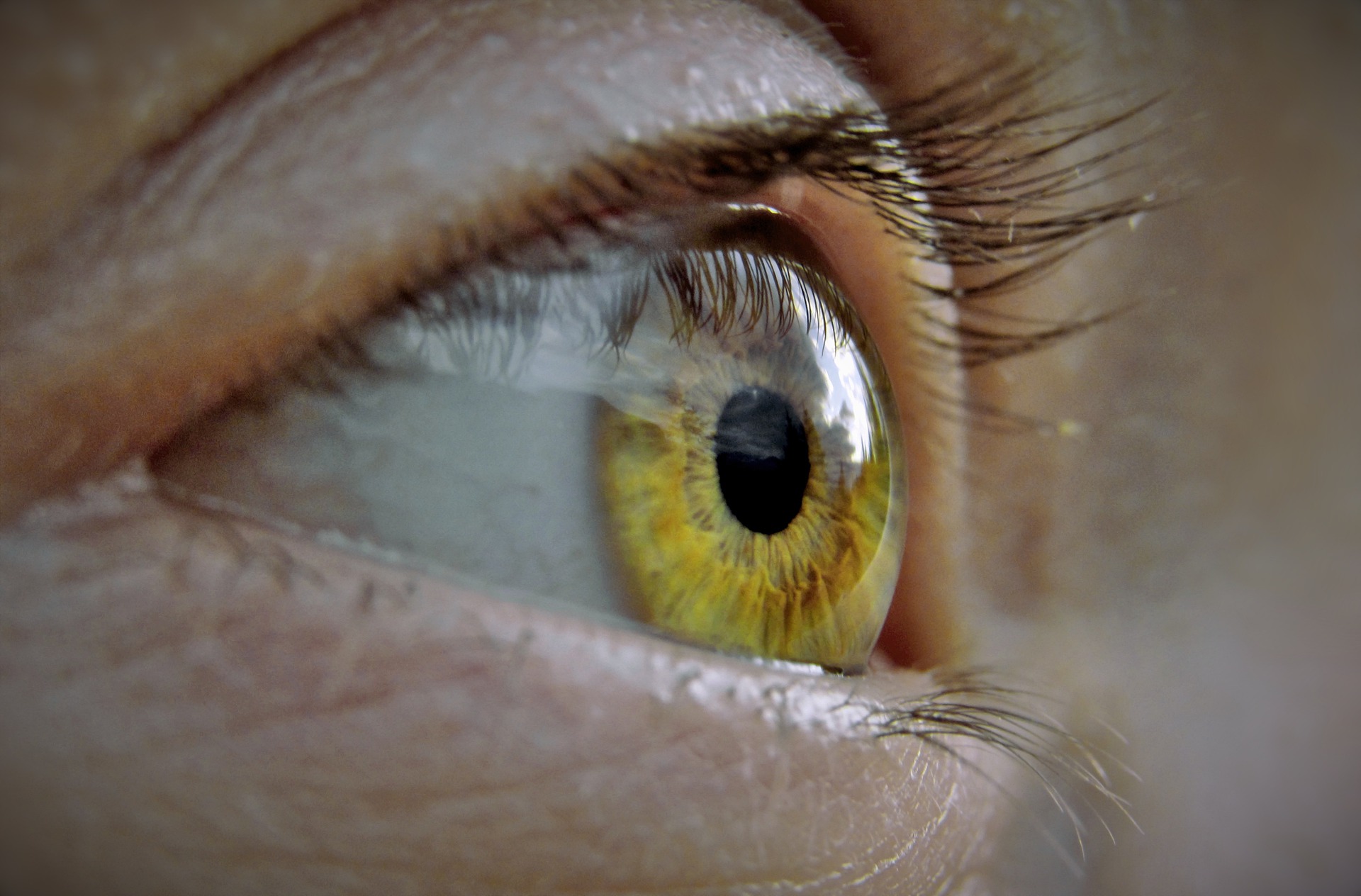The dry eye syndrome is one of the most common chronic eye diseases. Its prevalence ranges from about 5% to over 50% and it is expected that the number of patients may increase as the population ages.
It is a multifactorial pathological condition, which affects the ocular surface and causes discomfort, visual disturbances and instability of the tear film, with potential damage to the ocular surface. It is accompanied by an increase in the osmolarity of the tear film and inflammation of the ocular surface.
Dry eye syndrome is classified according to its causes into two main forms: evaporative dry eye and hyposecretion dry eye (aqueous deficiency). Evaporative dry eye is associated with the presence of an insufficient oily lipid layer covering the tear film. In contrast, aqueous deficiency dry eye is a disorder in which the lacrimal glands fail to produce tears with a sufficient amount of aqueous component.
A recent survey conducted by The Pharmaceutical Journal found that about two thirds of community pharmacists talk to patients about a dry eye condition more than once a week. Furthermore, 81% of the pharmacists reported feeling somewhat or very confident in making the diagnosis of dry eye syndrome. However, in practice, only 42% of the pharmacy staff seem to be able to provide a correct diagnosis of dry eye.
The survey showed that in order to obtain a correct diagnosis, it is necessary to ask patients the right questions regarding the duration of symptoms, severity, laterality (one or both eyes affected) and the presence of dryness.
In addition to dry eye syndrome, pharmacists are often asked about conditions such as sore eyes, tired eyes, hay fever, irritation, the presence of foreign bodies and infection. Irritated or tired eyes and inflammation do not in themselves identify a single pathology, but are symptoms that can also be present in many other pathological eye conditions.

The pharmacist's role in diagnosis
Symptoms of dry eye syndrome include irritation, granularity, burning, pain, tearing and visual disturbances that generally affect both eyes.
In order to diagnose dry eye syndrome, a differential diagnosis is necessary to exclude conditions that have similar signs or symptoms, such as conjunctivitis, infectious eye diseases, keratitis, corneal abnormalities, and connective tissue diseases.
Asking patients the right questions about their symptoms is, therefore, necessary. The Royal Pharmaceutical Society, the professional body for pharmacists in the UK, has proposed a number of conditions to investigate to determine whether or not patients have a problem related to dry eye syndrome.
In particular, factors that can help in the differential diagnosis are:
- - burning and dryness
- - decreased quality of vision
- - chronicity
- - dry mouth or dryness of other mucous membranes
- - recent eye surgery
- - use of contact lenses
- - taking a new medicine
- - bilaterality (both eyes are affected)
- - systemic conditions that can induce dry eyes
On the contrary, itching should suggest an allergic disease, while pain or a foreign body sensation are related to other causes. Crust formation and eye discharge are also signs of an infectious cause, not a dry eye condition.
Collaboration with the ophthalmologist
The tests that are required for Confirming the diagnosis of dry eye requires specific equipment, such as a slit lamp, measurement of tear volume, ophthalmic dyes to examine the cornea, and osmolarity testing, which are strictly the responsibility of the ophthalmologist.
The pharmacist should therefore base his or her preliminary diagnosis on the factors listed and, if necessary, refer the patient to a specialist. This approach, in addition to providing an accurate diagnosis, will also identify the specific form of dry eye, hyposecretive or evaporative, and to choose the most appropriate treatment.
The National Institute for Health and Care Excellence (NICE) indicates as necessary an urgent referral to an ophthalmologist if a serious eye condition is suspected, such as acute glaucoma, keratitis or iritis, due to pain or photophobia, marked unilateral redness or reduced vision.
In addition, NICE recommends referral to specialist counselling in the event of uncontrolled symptoms despite appropriate treatment of at least four weeks, in the event of deterioration of vision, in the event of an indication of corneal damage, or in all cases where specialist evaluation or management is necessary and appropriate.
Dr. Carmelo Chines
Direttore responsabile
